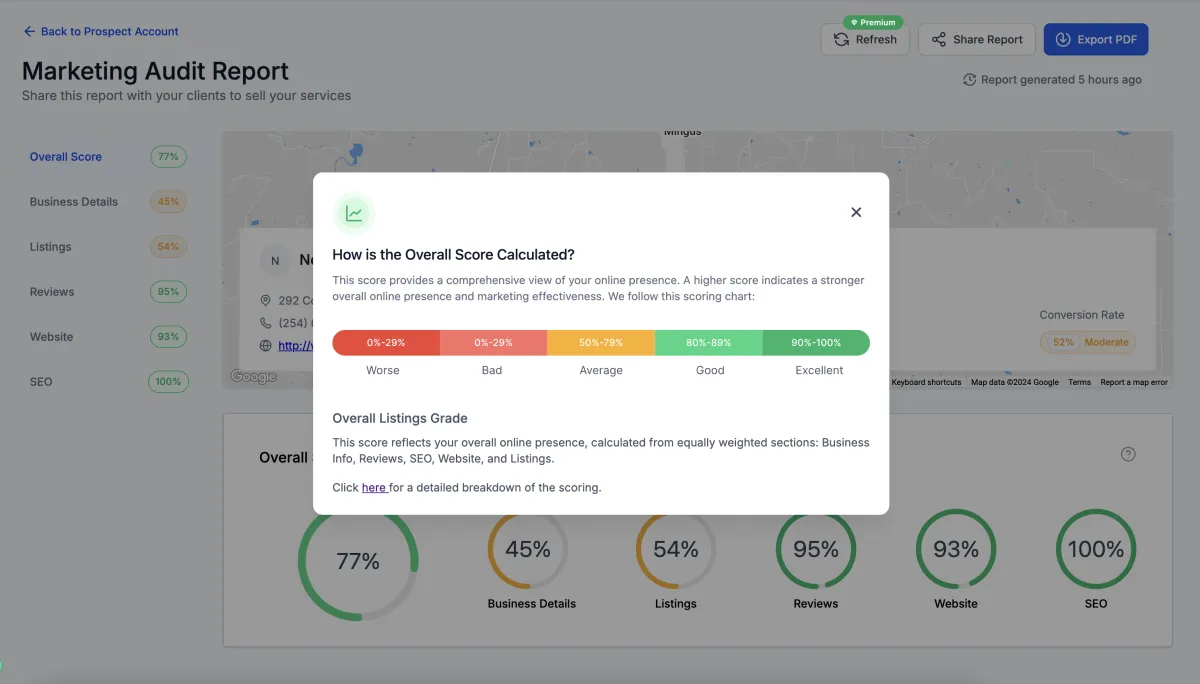404.
This page isn’t here... but clarity is only a click away.
You’ve reached a page that doesn’t exist or has been moved. It happens.
At Honeytree, we keep your digital world organized—even when the internet tries to get messy.

Copyright 2025. Honeytree Technologies, LLC. – All Rights Reserved.










